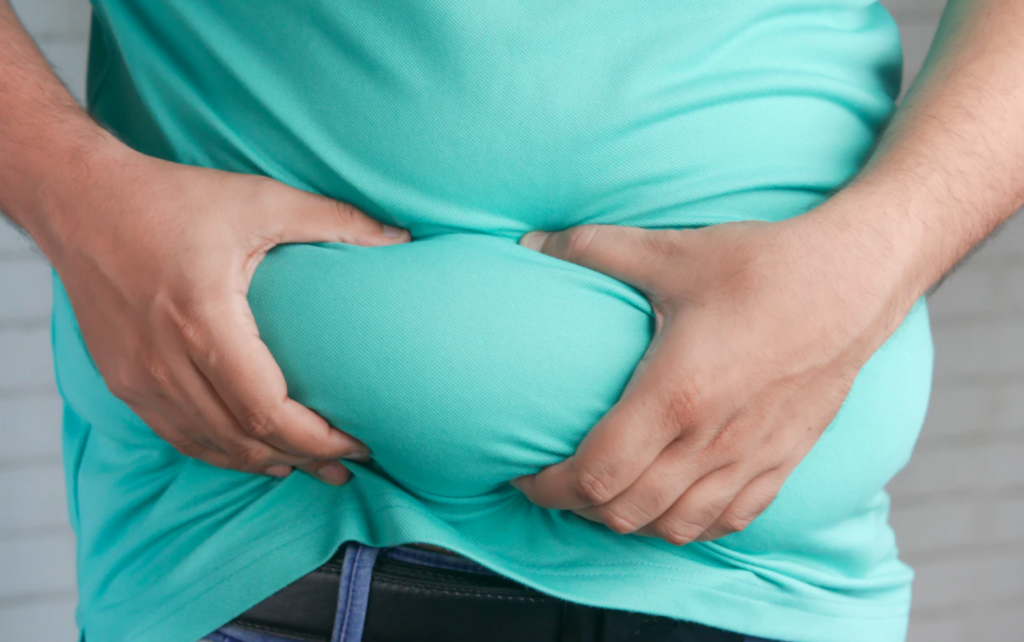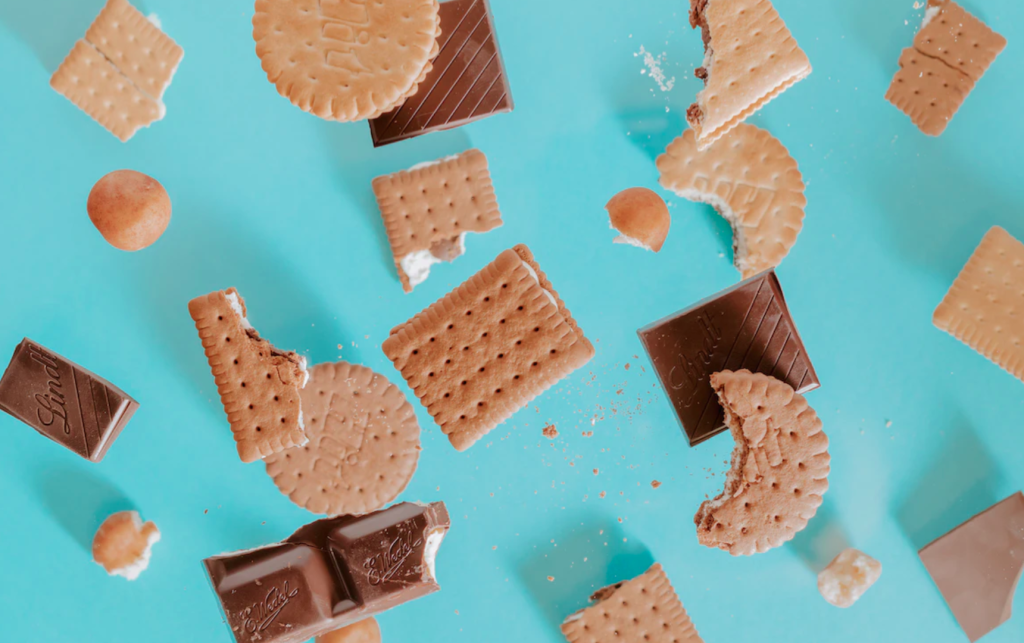Physical Address
304 North Cardinal St.
Dorchester Center, MA 02124
Physical Address
304 North Cardinal St.
Dorchester Center, MA 02124
Making vegan cookies was one of the things I knew I needed to master quickly when I initially started my adventure into vegan baking. When I ask my mother what she wants me to make and bring her, she always asks for the same thing. I grew up eating this dessert every single day. One of my first recollections is of having a fresh cookie in my hand, which symbolizes many important moments in my life. After high school, my buddies and I would buy warm chocolate chip cookies and devour them as quickly as we could before marching band rehearsal. When I was in college, I frequently baked cookies for my roommates (or, let’s face it, dudes) and often daydreamed about my full-sized kitchen back at home, where I could bake whatever I wanted. Even the time leading up to my wedding has been marked by cookies, to the point that I nearly went insane the week before the wedding thinking I had to perfect my chocolate chip cookie recipe AND put the finishing touches on our wedding all in the same week. Obviously, a delicious batch of cookies will always be my go-to stress-relieving indulgence.
It turns out that it’s practically impossible to please every single individual (a lesson learned from baking and a lesson learned from life), and if you’re going to eat a cookie, just eat a damned cookie, right? When I baked vegan cookies, one of the main changes I made was to add fat rather than remove it. Although oil and butter do not always substitute for one another in a recipe on a weight-for-weight basis, it is crucial to consider how the lack of moisture will impact the overall texture of the cookies.

Despite the fact that I haven’t experimented with it much yet, cashew cream can also be a decent substitute. I will caution you that, in my experience, cookies prepared with oils tend to dry out more quickly, but if you have cookies lingering in your home for a long time, it’s time to increase your cookie intake. If you truly require the butter/sugar creaming action that typically occurs in cookie recipes, you can use solid coconut oil for butter to achieve the same results. To cut a long tale short, fat is a key component of the best vegan cookies.
When a recipe says to “chill cookie dough for at least an hour or until firm,” I usually have a little meltdown (but I want cookies NOW!) and skip the step totally because I am one of the most impatient persons when it comes to baking. My impatience often causes me to ignore instructions that are so obvious in recipes, which results in mediocre cookies that could have been greatly enhanced with a little patience. You know how the best chocolate chip cookies have that coveted crinkling around the edges? The cookie dough must almost always be chilled for a time before being scooped out and baked to produce that crunchy/chewy quality. I’m not aware of the precise chemistry involved, but freezing your vegan cookie dough will help it form a little barrier and lock in moisture when you bake it. I understand that it also hardens the fat in the cookie dough, causing the fat to melt more slowly when the cookies are finally baked and preventing the cookies from spreading out excessively. I believe you might get away with chilling the dough less frequently for ordinary cookies, but the best vegan cookies are always chilled for at least an hour or two. The greatest cookies are those you wait for, a life lesson
I’ve always had a tendency to go overboard in some things. Because of this, if a recipe instructed me to thoroughly mix cookie dough until there were no flour streaks visible, you best believe I used to do just that. I now understand the need of delicately manipulating the dough and barely combining it till there are no streaks left. When managing vegan cookie dough, it’s not a matter of “doing it until it’s just barely done,” but rather of “do it until it’s just barely done.” Gluten begins to form and bind together more tightly than is necessary when cookie dough is overmixed, forming all kinds of joyful friendships but not tender, happy cookies. The cookie dough batter needs to be handled as little as possible due to the delicate combination of gluten, fat, and rising agents. If you handle cookie dough excessively (i.e., beat the crap out of it), the result will be tough cookies with a faint undertone of paste. When learning how to create vegan cookies, my top tip is to just combine the batter until all of the flour mixture is incorporated. Then, gently fold any remaining ingredients in for a few more strokes. A cookie that was too tender was never a complaint.

In keeping with point #3, I used to have a chronic baking problem. If baking alone is satisfactory, adding further baking must be better, right? No, no, no, that’s FALSE. Overbaking your cookies is a vice you just can’t escape, especially when it comes to vegan cookies where you don’t have to worry about raw egg in the cookie mixture. Overall, I’ve learned that the best approach to keep vegan cookies delicate, gooey, and just barely chewy on top is to slightly underbake them. Additionally, when you remove a pan of cookies from the oven, they remain on a hot cookie sheet and undergo a brief period of residual baking, which firms them up somewhat more. If you doubt if your cookies are baked, look at the coloration. Take them out if in doubt.
For more information you can click: